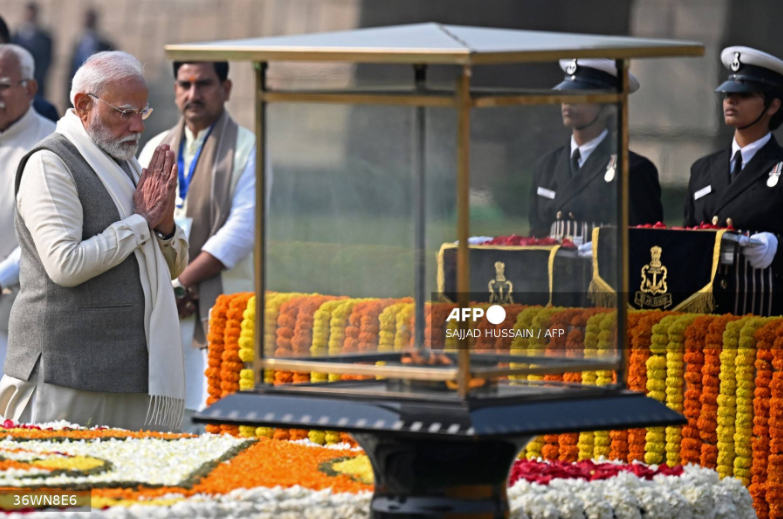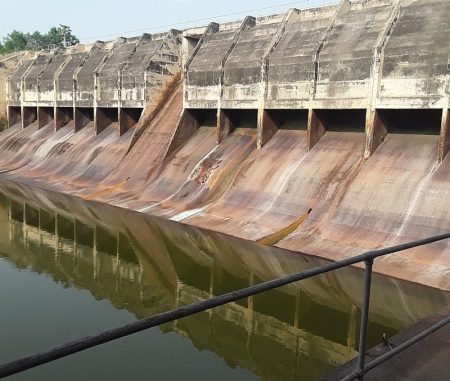The geopolitical landscape of South Asia is a complex tapestry woven with historical rivalries, shifting alliances, and the pursuit of strategic interests. At the heart of this dynamic lies the enduring animosity between India and Pakistan, nuclear-armed neighbors whose relationship has been marred by conflict and mistrust since the partition of British India in 1947. This rivalry continues to shape the region, with accusations of covert operations and cross-border tensions remaining a constant feature. The return of the Taliban to power in Afghanistan has further complicated the regional equation, exacerbating existing tensions and creating new opportunities for strategic maneuvering.
Afghanistan, under Taliban rule, has become a focal point for regional anxieties, particularly for Pakistan. Islamabad accuses the Taliban of harboring militants responsible for attacks within Pakistan, leading to deadly air strikes and cross-border exchanges of fire. This precarious security situation has presented India with an opportunity to pursue its own interests in Afghanistan, engaging with the Taliban despite not formally recognizing their government. This engagement, while ostensibly focused on development and trade, carries significant geopolitical implications, particularly concerning India’s rivalry with China and its desire to limit Pakistan’s influence in the region.
India’s outreach to the Taliban, including high-level meetings and discussions on economic cooperation, reflects a pragmatic approach to navigating the complexities of the Afghan situation. While ideologically opposed to the Taliban’s austere interpretation of Islam, India recognizes the importance of maintaining a presence in Afghanistan, both to counter potential threats and to further its broader regional strategy. The development of Iran’s Chabahar port, supported by India, serves as a key element in this strategy, offering an alternative trade route to landlocked Afghanistan and bypassing Pakistan’s Gwadar port, a cornerstone of China’s Belt and Road Initiative.
India’s engagement with the Taliban underscores the evolving dynamics of South Asian geopolitics. While not explicitly endorsing the Taliban regime, India’s actions demonstrate a willingness to engage with them to pursue its own strategic interests. This cautious approach allows India to maintain a degree of influence in Afghanistan while also attempting to mitigate potential security threats emanating from the country. The development of Chabahar port further strengthens India’s position in the region, providing an alternative trade route and potentially reducing Afghanistan’s reliance on Pakistan.
Meanwhile, a dramatic shift in Bangladesh’s political landscape has reshuffled alliances and created an unexpected rapprochement between Bangladesh and Pakistan. Following the ouster of long-time Bangladeshi Prime Minister Sheikh Hasina and her subsequent refuge in India, relations between Dhaka and New Delhi have deteriorated. This cooling of relations has opened the door for Pakistan to re-engage with Bangladesh, with increased trade and high-level military exchanges signifying a renewed partnership. This alignment underscores the fluidity of relationships in South Asia, where historical animosities can be temporarily set aside in the pursuit of shared interests.
The evolving relationship between Pakistan and Bangladesh highlights the dynamic and often unpredictable nature of international relations. The shared animosity towards India, particularly after the change in government in Bangladesh and the subsequent diplomatic tensions with New Delhi, has provided common ground for Pakistan and Bangladesh to rebuild their relationship. This renewed partnership, marked by increased trade and military cooperation, demonstrates the pragmatic approach often adopted by nations in the pursuit of their strategic interests. The “enemy of my enemy is my friend” adage aptly describes this situation, where shared grievances and strategic considerations have overshadowed past conflicts, at least for the time being. The long-term trajectory of this relationship remains uncertain, however, dependent on the evolving political landscape and the individual interests of both nations.














